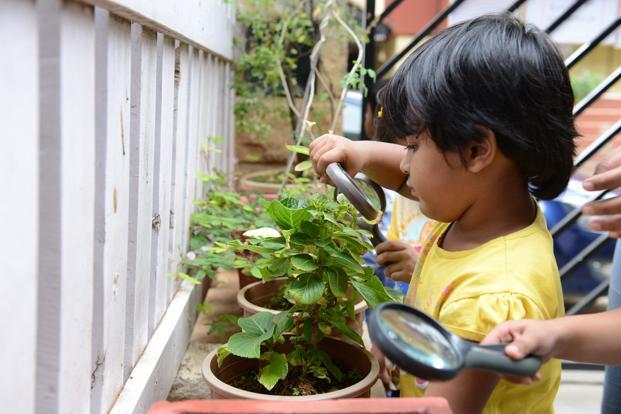Micro schools: Going beyond textbooks
Shweta Sharan
Last month, Mumbai-based homeschooler Malvika Joshi made headlines for getting a scholarship for the prestigious BSc programme at the Massachusetts Institute of Technology (MIT) without having appeared in either the 10th or 12th board exams.
Joshi had won two silver medals and one bronze medal in the Programming Olympiads, though, and this caught the attention of a senior admissions officer from MIT.
It is interesting to read what Joshi’s mother, Surpiya Raj, has to say on the matter: “Malvika was doing well in school, but somehow I felt that my children need to be happy.”
Raj wanted something more than a schooling system where “students are forced to get up early and study only certain subjects, play only certain sports and meet peers of a certain age, that too in a controlled atmosphere. It does not match the natural cycle of children”.
In the UK and the US, micro schools are cropping up, offering exactly what Raj feels is missing in conventional schooling set-ups.
Micro schools seek to combine the best of traditional schooling and homeschooling, but are more than just hybrids. They are handcrafted learning experiences with different educational underpinnings—an Acton, for instance, is different from an AltSchool—but they all share common traits:
• Not more than 100 to 150 students per school and 10 to 15 students a class.
• Mixed-age groups across grades.
• An emergent curriculum that doesn’t progress in a linear manner from one grade to another but in keeping with a child’s learning pace.
• Individualized learning at a fraction of the cost of a regular school.
• Teachers or guides to meet the learning expectations of children of different age groups and across subjects.
• Standardized testing is not used. Instead, children are encouraged to participate in Google or Intel Science Fairs and open competitive platforms for arts and literature.
• Instead of textbooks, hands-on projects, discussions and activities as learning tools.
• Maker spaces that encourage building or projects that encourage invention literacy—art and design are not extra-curricular activities but are part of everyday lessons.
• Students meet twice a week in a shared learning space and for the rest of the week, they use online resources or a flipped classroom, a form of blended learning wherein students access short video lectures on a lesson, either on their computers or phones, and go to class to work on projects, discussions or exercises. Homeschoolers go back to homeschooling. There are variations to this format (for example, Acton operates five days a week).
• Technology is part of the classroom in some form—online resources, tools to build or make things, or to assess a child’s learning and progress.
Much like Silicon Valley, Bengaluru will see four separate educationists coming up with their own variations on the concept. The one common idea that they share is that, unlike IT, healthcare and other industries that have evolved drastically, education in India has not really changed over the past few decades. A micro school is, among other things, a response to this sense of stagnation.

